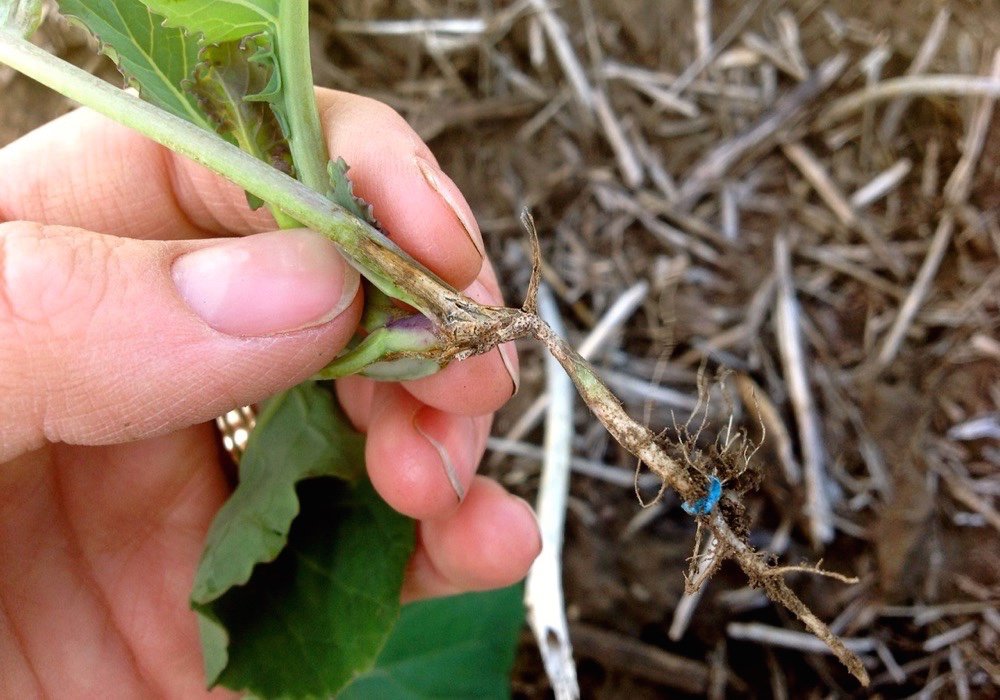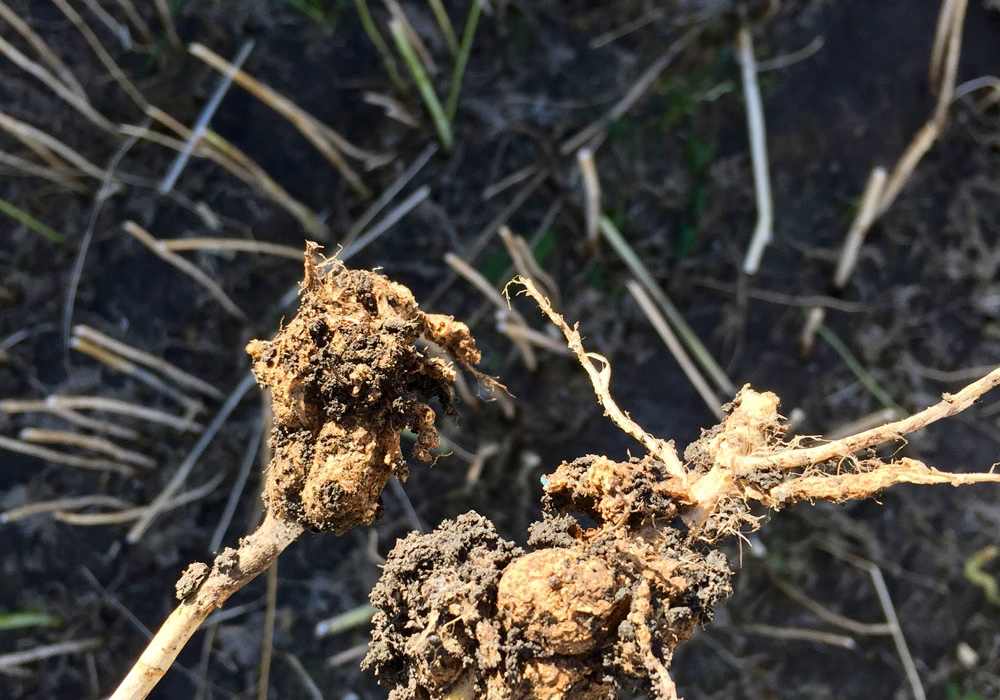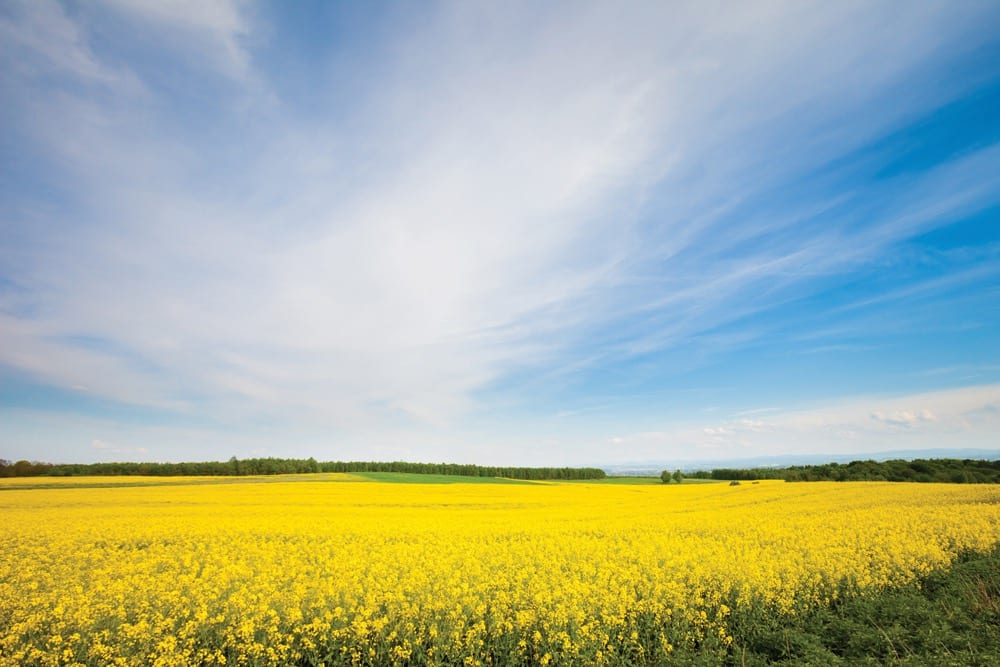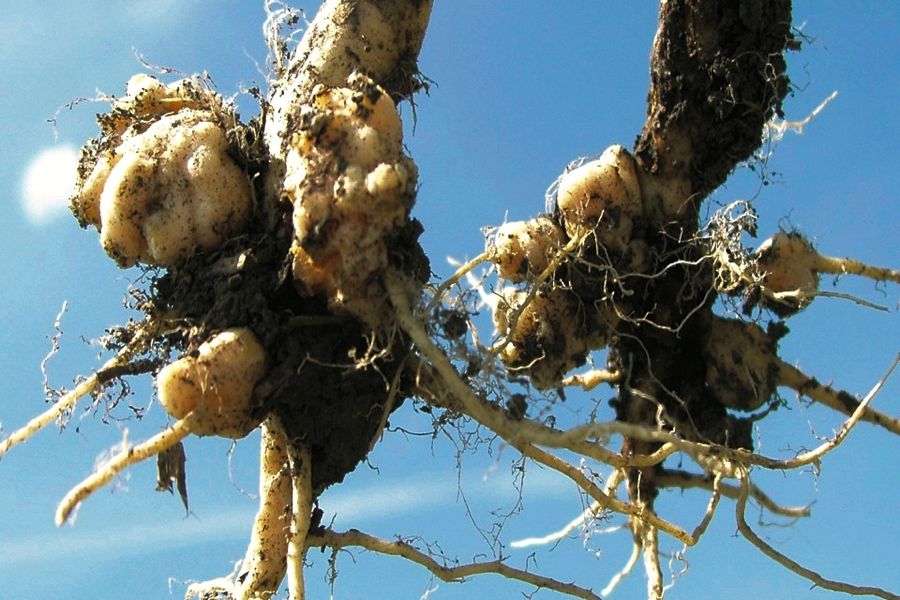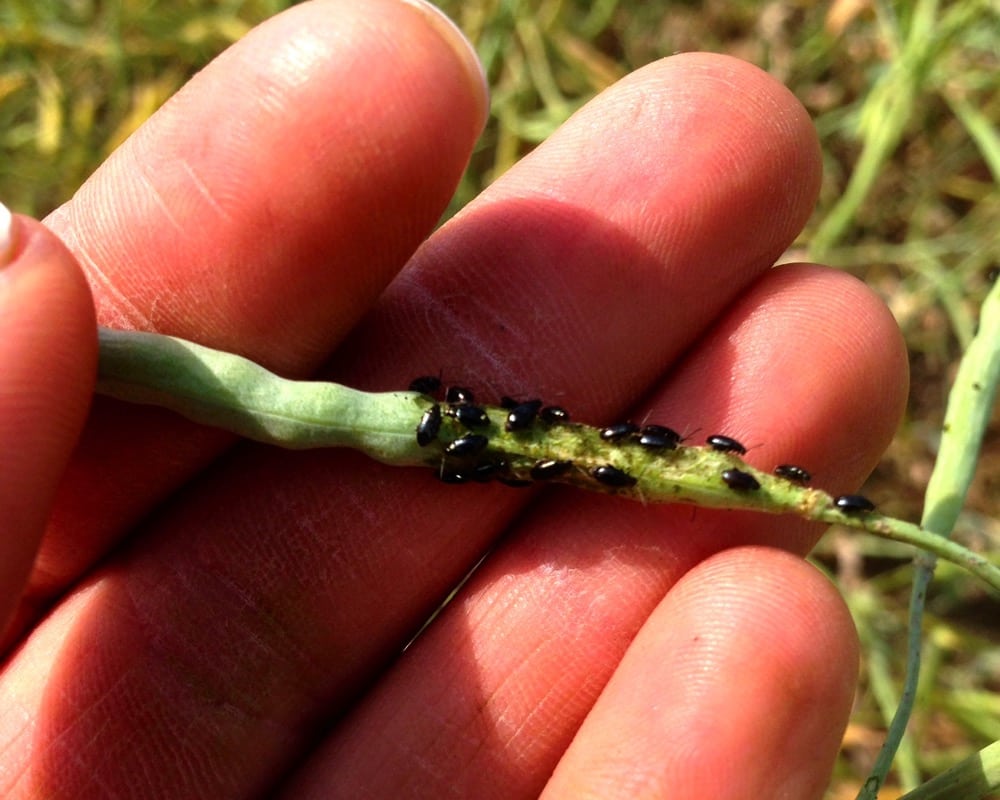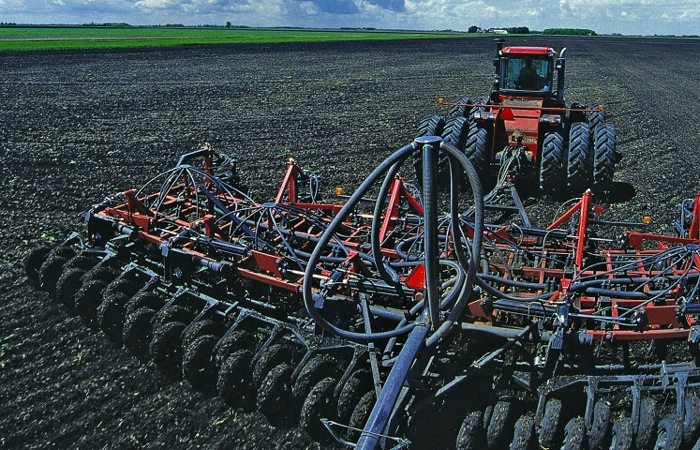Five tips to getting your canola stand established when field conditions are dry

With last year’s dry weather and predictions that this year will be similar across much of the Prairies, there’s concern that this might not be the best year for canola. With moisture levels are already low, and coming out of a year where crops did well by using what was available in the soil profile, it’s time to think ahead about stand establishment. Ian Epp, agronomist with the Canola Council of Canada, shares his expertise.
1. Recommended seeding rate

The recommended seeding rate for canola, as most growers know, is five to seven plants per square foot. To calculate the best rate under your conditions, Epp suggests using the Canola Calculator, launched by the CCC about a year ago. The Calculator helps growers set a target plant density as well as a seeding rate calculator. (Find it online at canolacalculator.ca)
Seed size varies. “So you figure out how many plants per square foot you want to target, and then you throw in your thousand seed weight and your estimated survival and it will tell you what to plant,” said Epp.
Under normal conditions, average stand establishment in Western Canada is 50 per cent. Under less-than-ideal conditions, stand establishment can be greatly impacted.
2. Don't go deeper

While nothing will truly compensate for a complete lack of moisture, especially when you’re planting early season into cold soils, Epp advises growers not to chase moisture first thing in spring. The small seeds will already be struggling to emerge in colder soils; going deeper than an inch trying to get into moisture isn’t a good idea.
“Generally, you’re better off to stay at your normal seeding depth, stay shallow and hope you have a timely rain to help with emergence,” said Epp. “As we get later in the seeding season, towards the end of the window when soils warm up, especially in lighter-textured soils, you could probably seed a little bit deeper if you can get into that moisture, but it really does depend on the type of soil.”
Plant as shallow as you can. “Once you well below an inch depth, even if there’s moisture there, that’s really too deep for canola,” he added.
3. Calibrate the drill

Before seeding, Epp recommends calibrating your drill. And for better placement, seed slower. “Make sure that whatever adjustments you make to change your depth that when the drills in the ground putting canola down, you’re actually getting that depth,” he said.
4. Fertilize safely

Under really wet conditions, you can push seed-placed fertility and get away with it, but in dry conditions the crop is more sensitive. Safe fertilizer rates are important. “It’s nice to put a little bit of phosphorus or some nutrients with your canola seed, but especially under dry conditions it’s easy to burn,” said Epp. “And that will reduce your emergence.”
5. Don't rush to reseed

When crops don’t establish as expected, it’s always tough to know whether or not to reseed. A bad wind event, for instance, can injure the emerging crop, as can an unexpected frost. “If you do have between two to four plants per square foot left after a really bad wind event, especially under dry conditions, you’re better off leaving that than trying to reseed and drying out that seed bed a little more,” said Epp.
“If it’s already that dry, reseeding really will dry it out and you might just have even worse emergence on a reseed,” he continued.
While the crop might look terrible after a frost, agronomists recommend sitting tight for a few days to see what happens. “Don’t make a hasty decision,” said Epp. “Canola can take fairly cold temperatures if the day preceding has been a bit cooler.”
“But really, just wait a couple of days and see if that growing point is re-growing,” he continued. “And again, if you have two to four plants per square foot that are actively growing and the growing points look good, you’re probably better off, especially under dry conditions, to leave it as opposed to reseeding.”
The decisions you make at planting time could make or break canola stand establishment. “If you’re going to spend the money on seed, you’re going to want it to germinate,” Epp concluded.




